Patellofemoral Pain Syndrome Stretching
Patellofemoral pain syndrome stretching. Iliotibial Band and Buttock Stretch. Stretching exercises for Patellofemoral pain. You should instead feel a strong stretching sensation which should ease off when you stop.
PFPS is considered runners knee because most patients who develop. You should feel a gentle stretch down the back of your leg. Gently stretching can prevent tight muscles and help prevent patellofemoral pain.
The following programme is designed to help with flexibility of. Patellofemoral Pain Syndrome PFPS also known as runners knee most often occurs between the ages of 15 and 30 and is the most common diagnosis for patients who have knee pain Beutler et al. Stretch when you first notice any signs of discomfort as well as before or after any sport or activity.
Your physiotherapist will have selected exercises from this leaflet that are appropriate for you. Stretches Hold for 1 minute on each muscle group. Slide your affected leg up the wall to straighten your knee.
Hamstring wall stretch 1. Usually the more stretching you do the faster you will feel. Treatment includes activity modification stretching and strengthening the affected limb.
When stretching you should not push the stretch into pain. To compare the effectiveness of proprioceptive neuromuscular facilitation combined with exercise classic stretching physiotherapy intervention and educational intervention at improving patient function and pain in patients with patellofemoral pain syndrome. It can be a hard condition to treat but with persistence you will find that regular stretching and exercise you will see drastic changes in as little as six weeks.
Do not arch your back. Hold for 2030 seconds.
Aim of Patellofemoral pain syndrome exercises The aim of Patellofemoral pain syndrome exercises is to correct tracking of the patella as the knee bends.
In addition there are some extra exercises to help. Stretching exercises for Patellofemoral pain. Irritation can be caused by overuse of the knee from a repetitive activity doing weight-bearing work that puts extra pressure on the joint or from a knee cap that is out of alignment. Confirmed the diagnosis of patellofemoral pain syndrome PFPS. When stretching you should not push the stretch into pain. Stretch when you first notice any signs of discomfort as well as before or after any sport or activity. Your child is diagnosed with patellofemoral syndrome. Patellofemoral Pain Syndrome PFPS also known as runners knee most often occurs between the ages of 15 and 30 and is the most common diagnosis for patients who have knee pain Beutler et al. Randomized controlled blind trial over four months.
If you have increased pain that lasts 1 to 2 hours after you have. Hold for 2030 seconds. In addition there are some extra exercises to help. Do not arch your back. It is sometimes called runners knee or jumpers knee because it is common in people who participate in sportsparticularly females and young adultsbut PFPS can occur in nonathletes as well. Hold 30-60 seconds repeat 3-4 times per day. Patellofemoral pain syndrome PFPS is a broad term used to describe pain in the front of the knee and around the patella or kneecap.





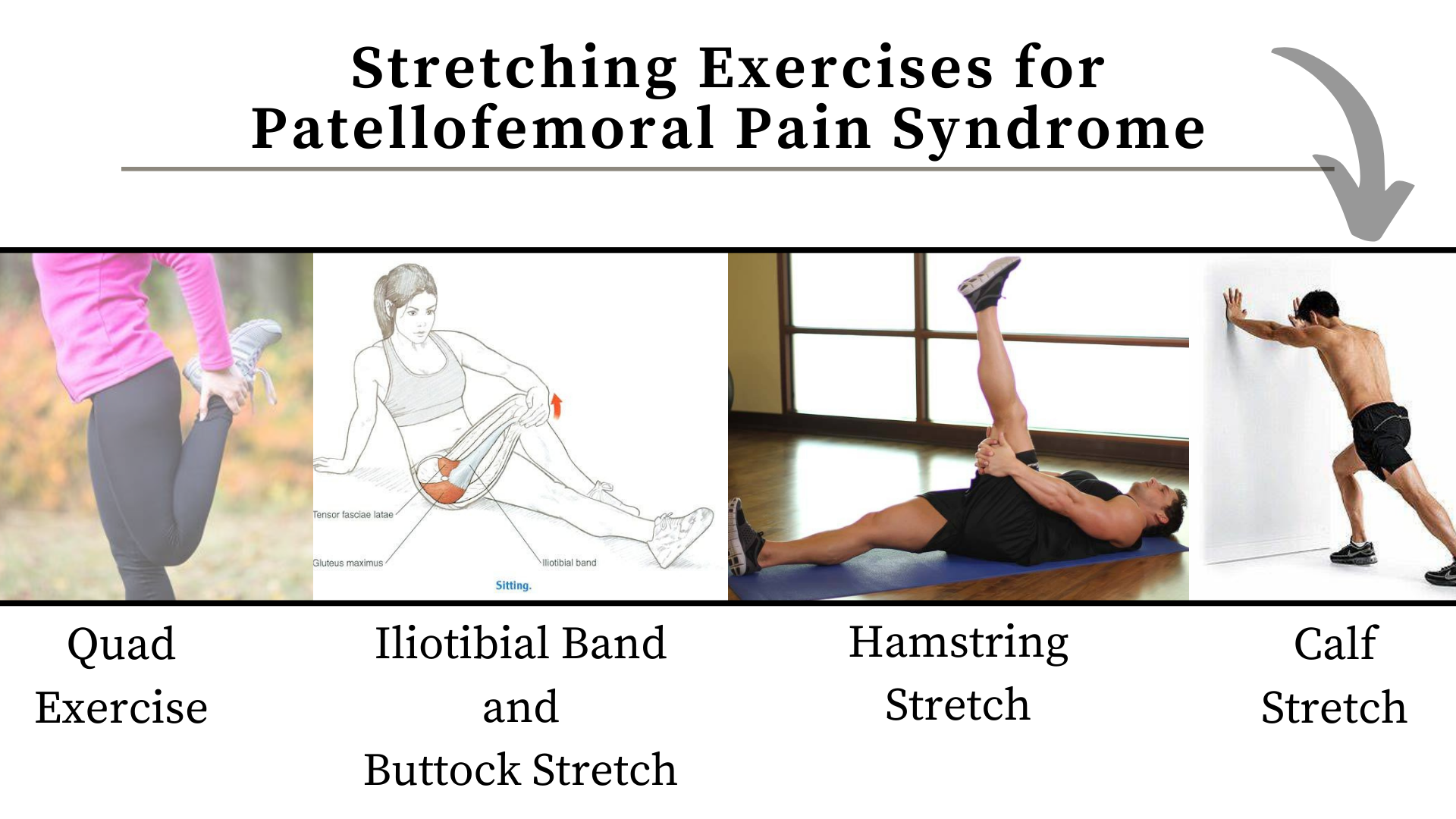
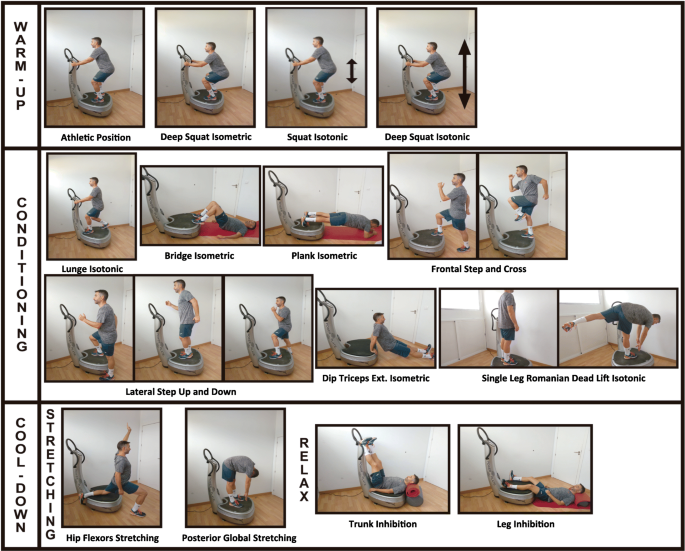

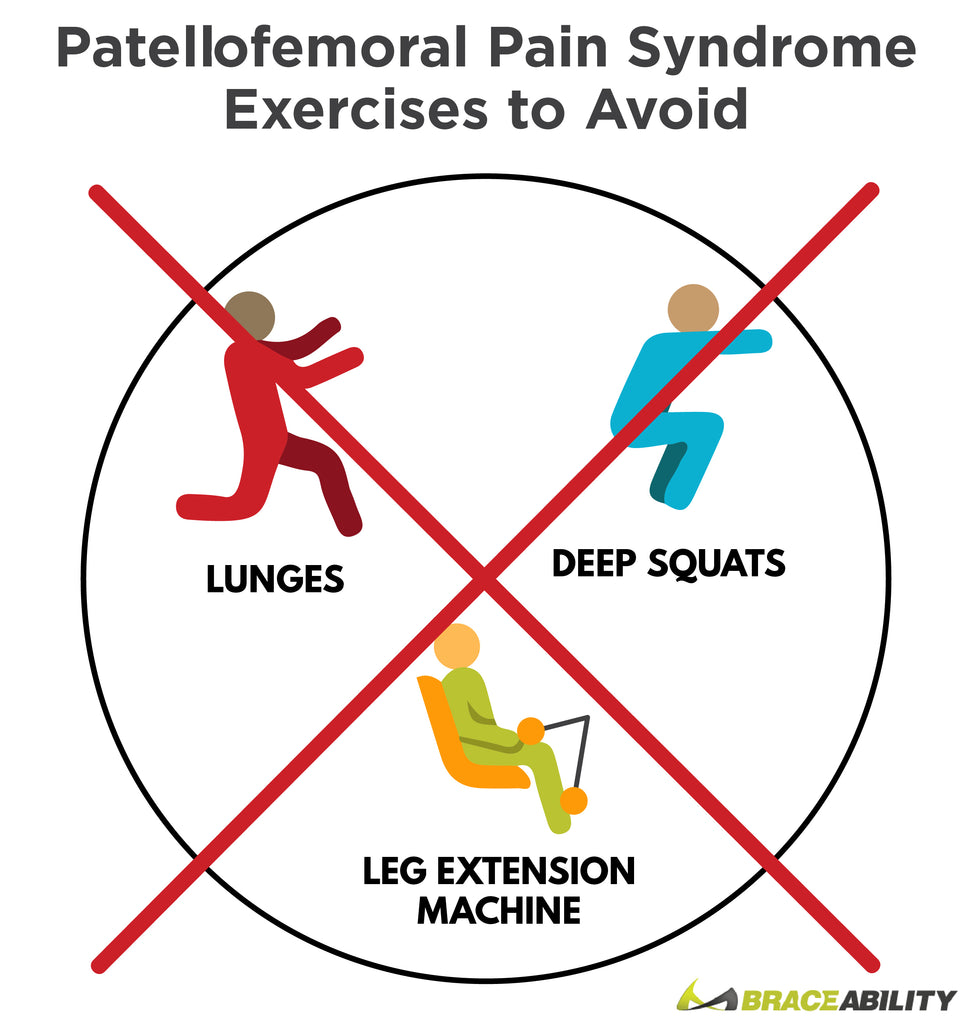




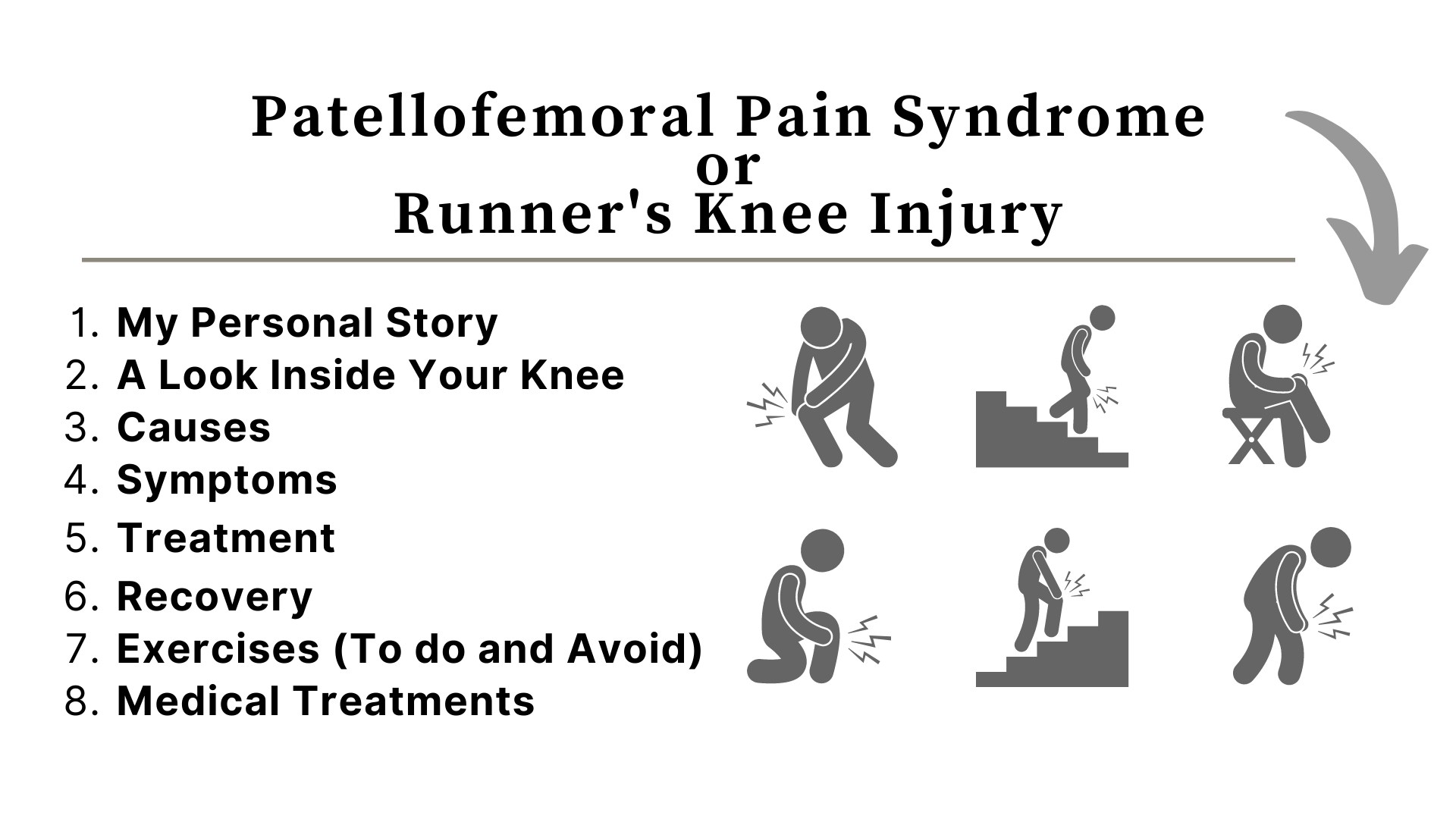
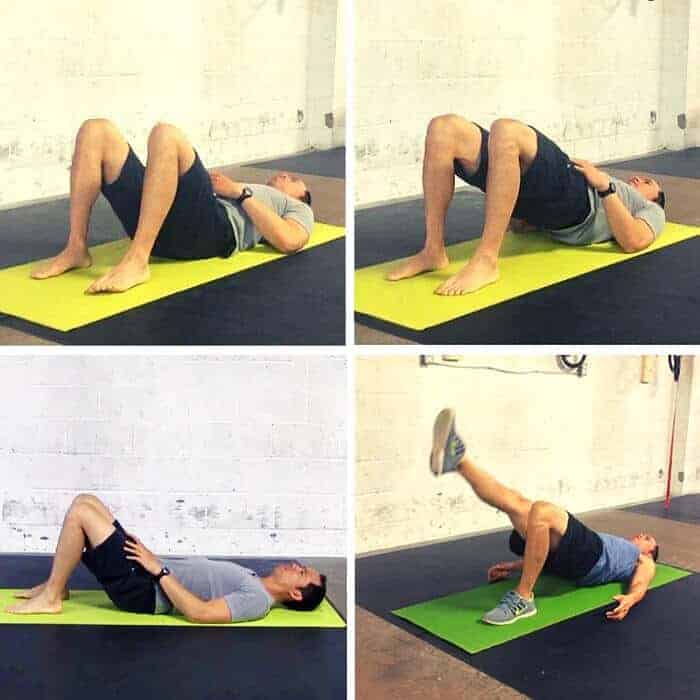

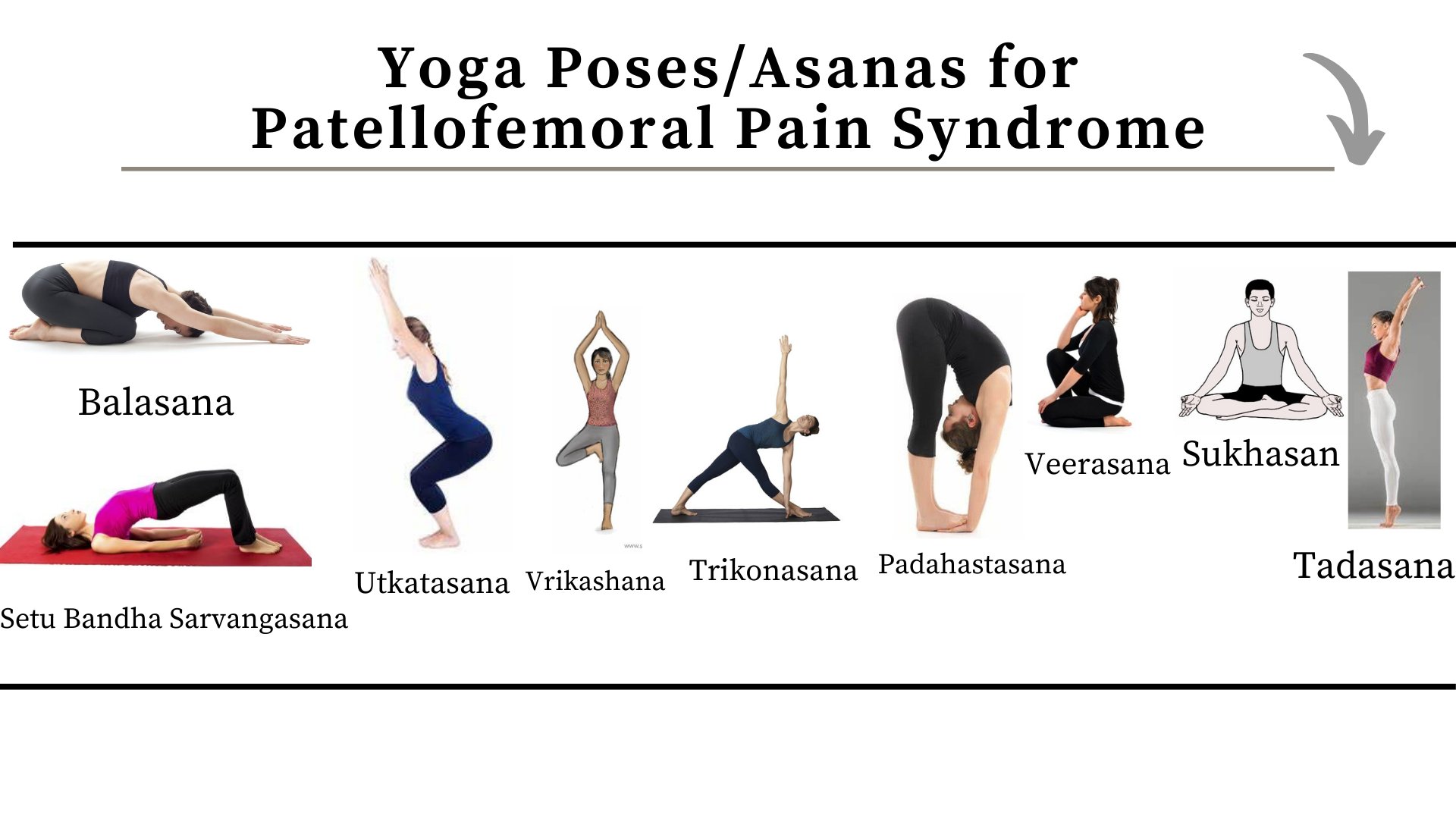

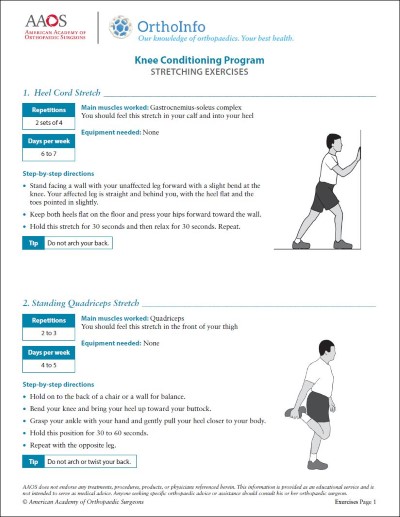





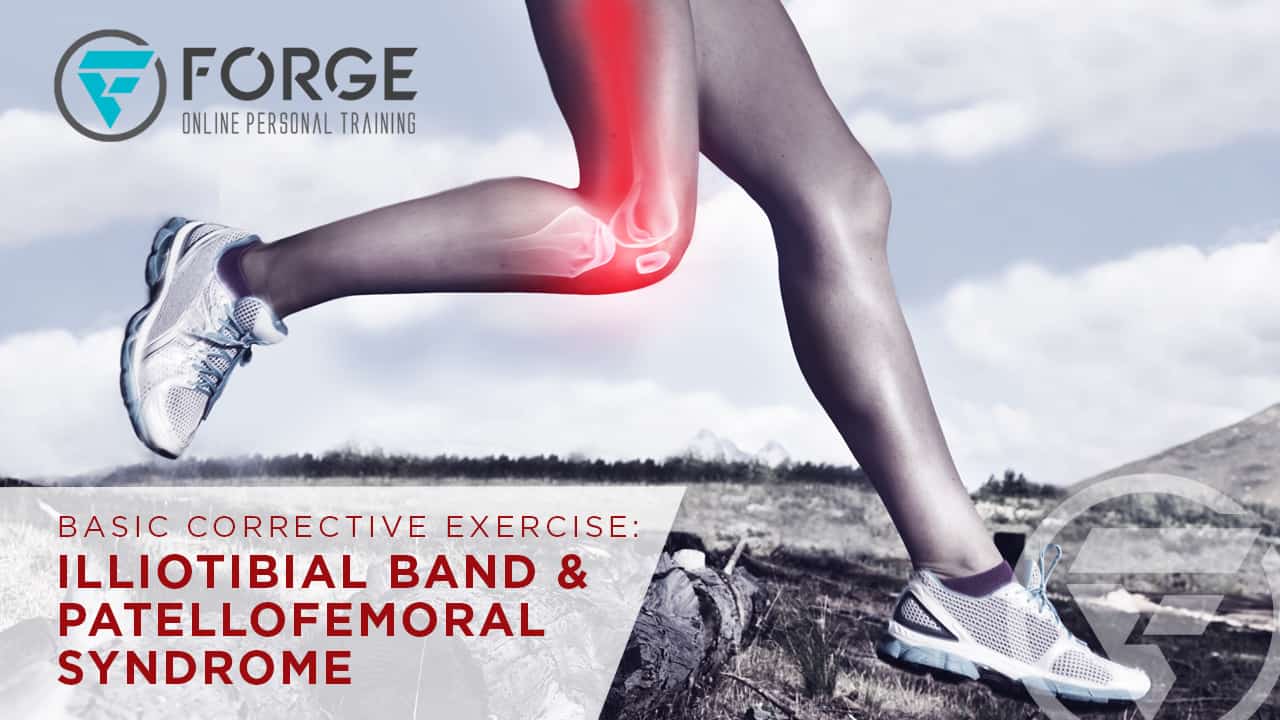





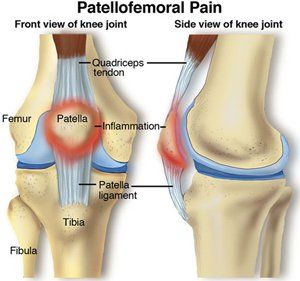


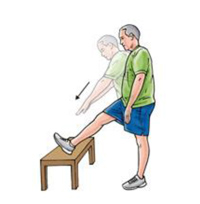


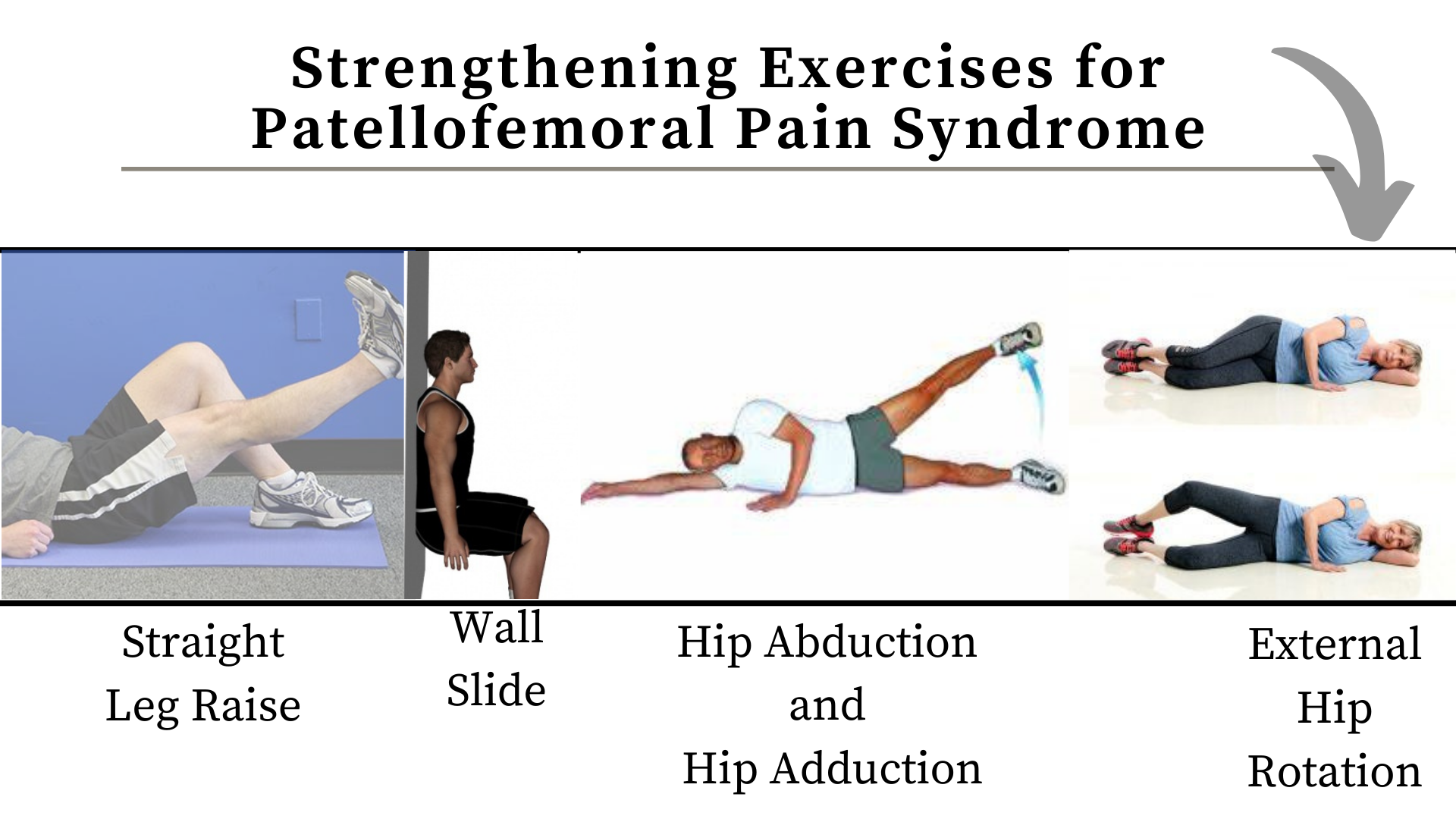


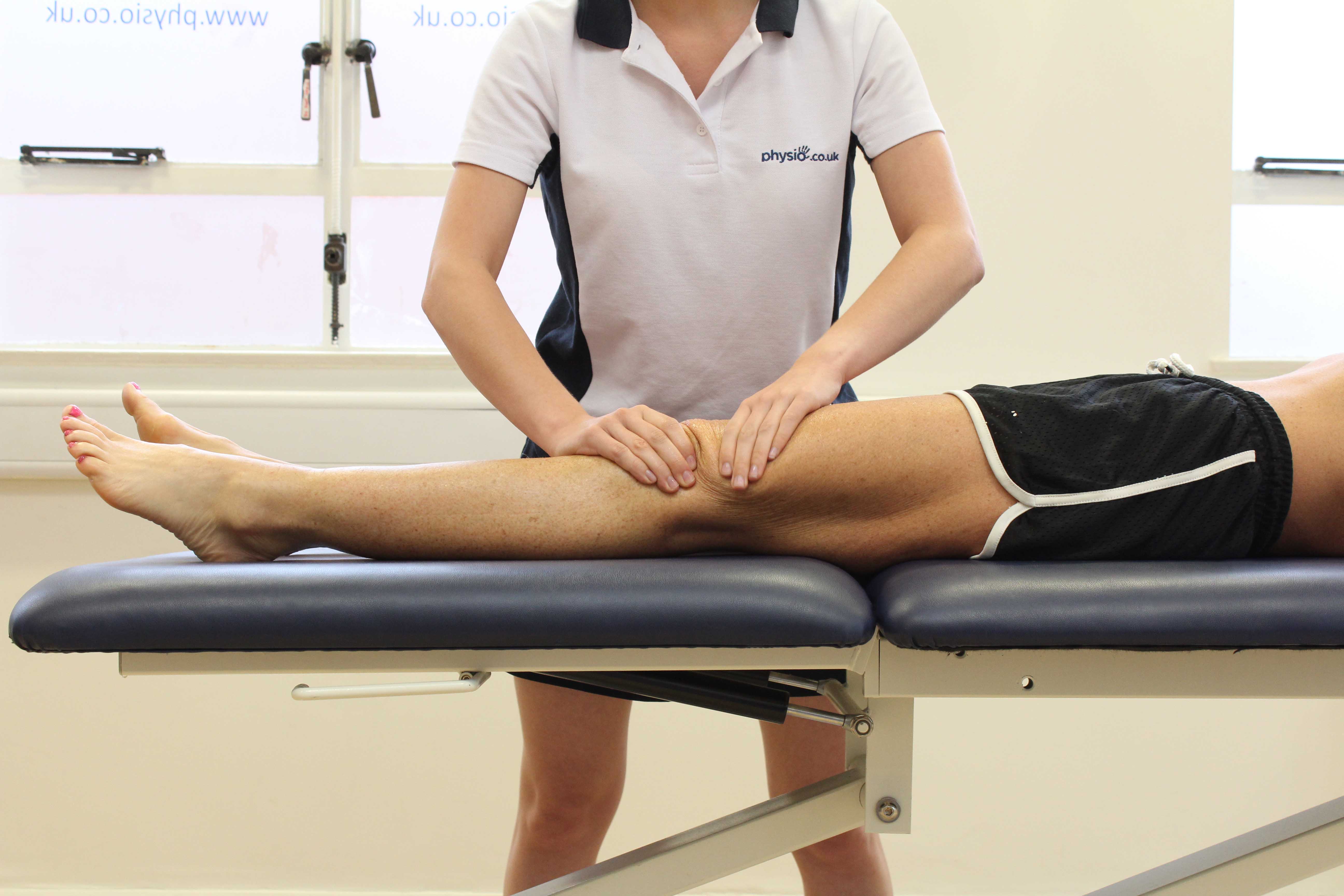
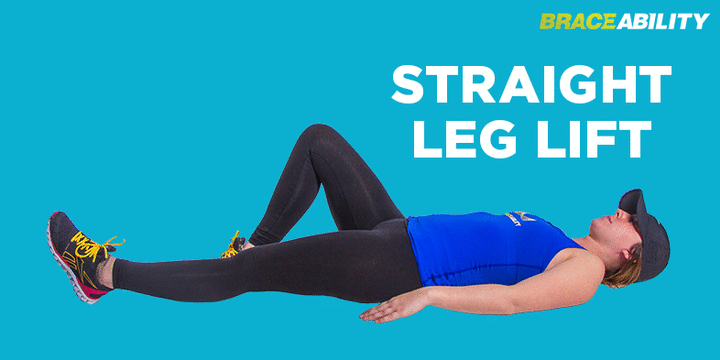

Posting Komentar untuk "Patellofemoral Pain Syndrome Stretching"